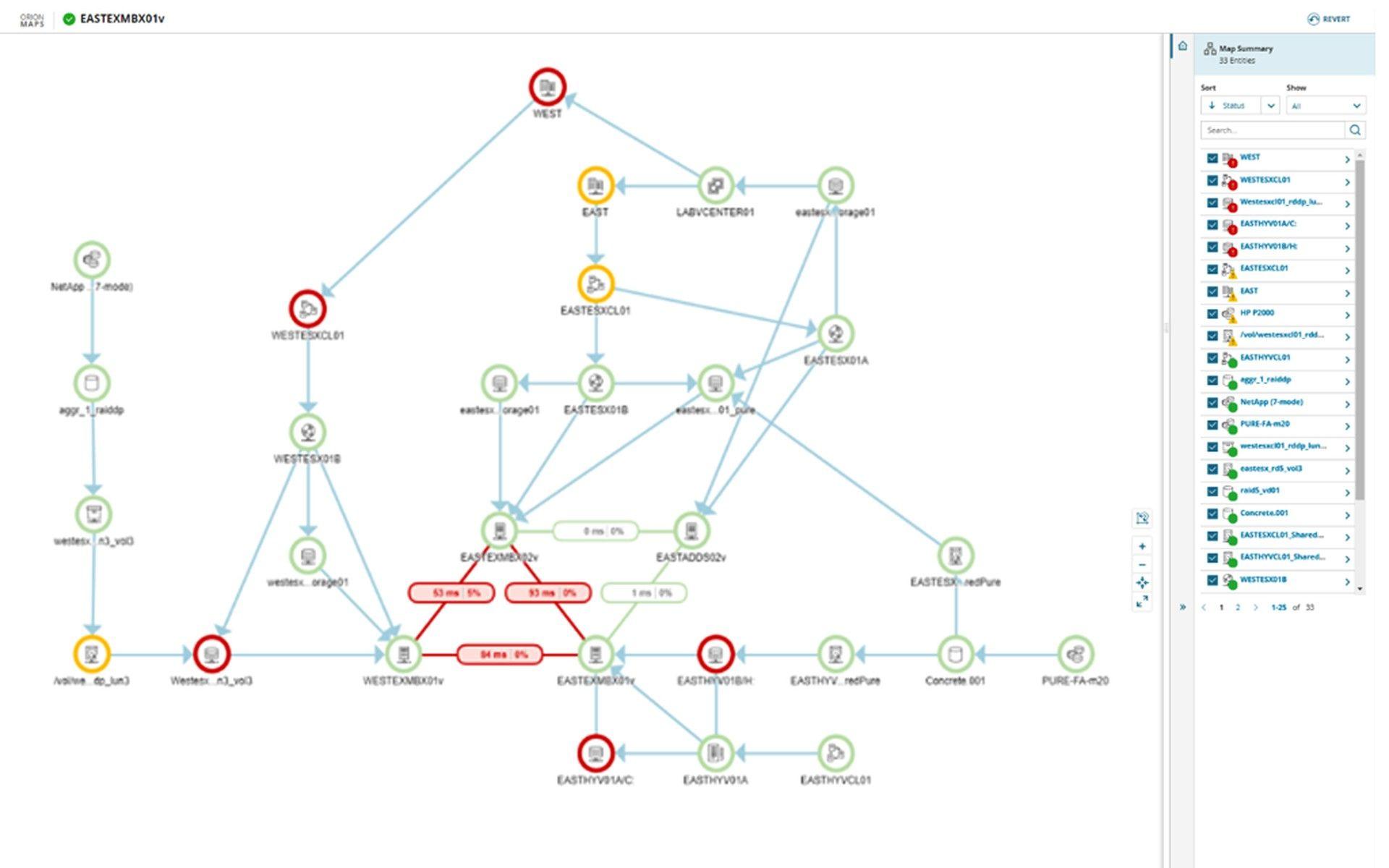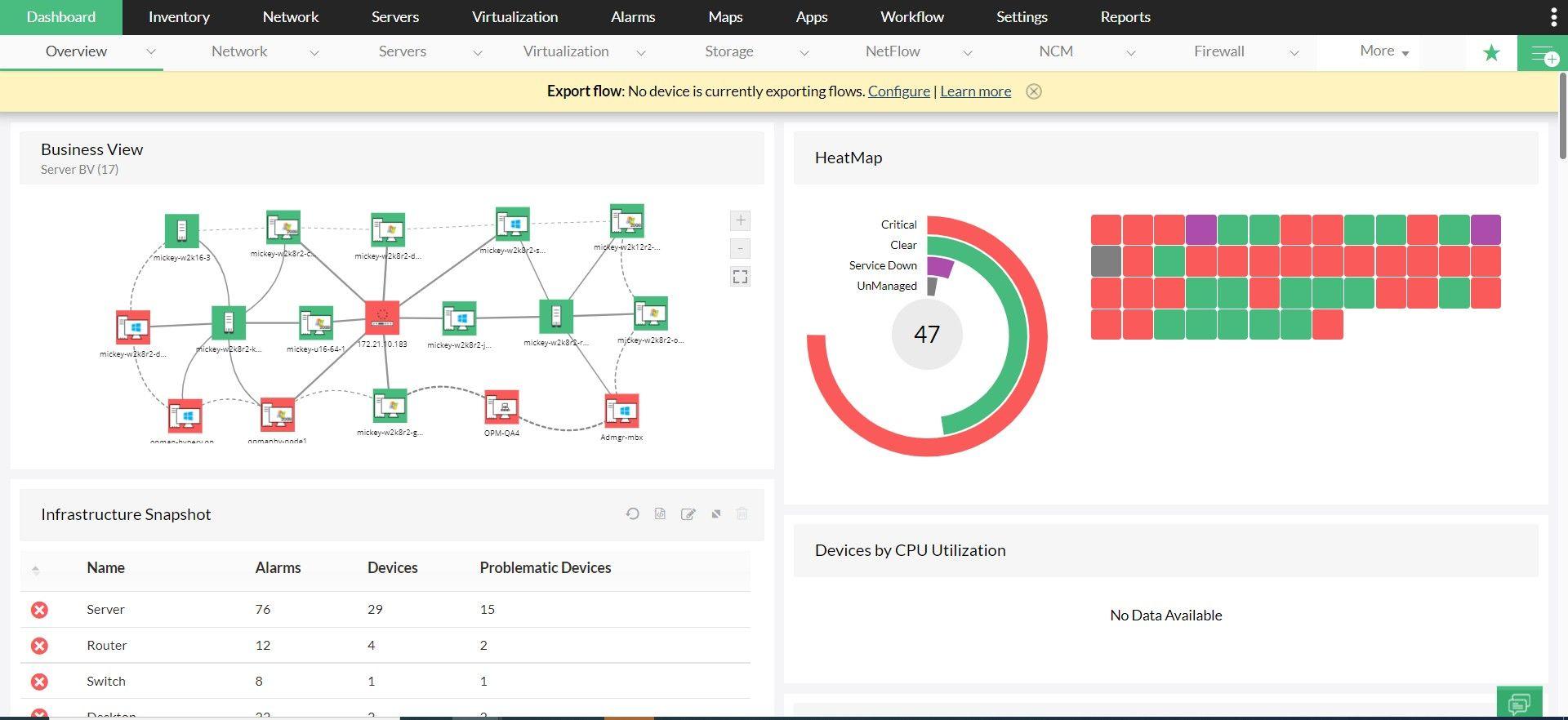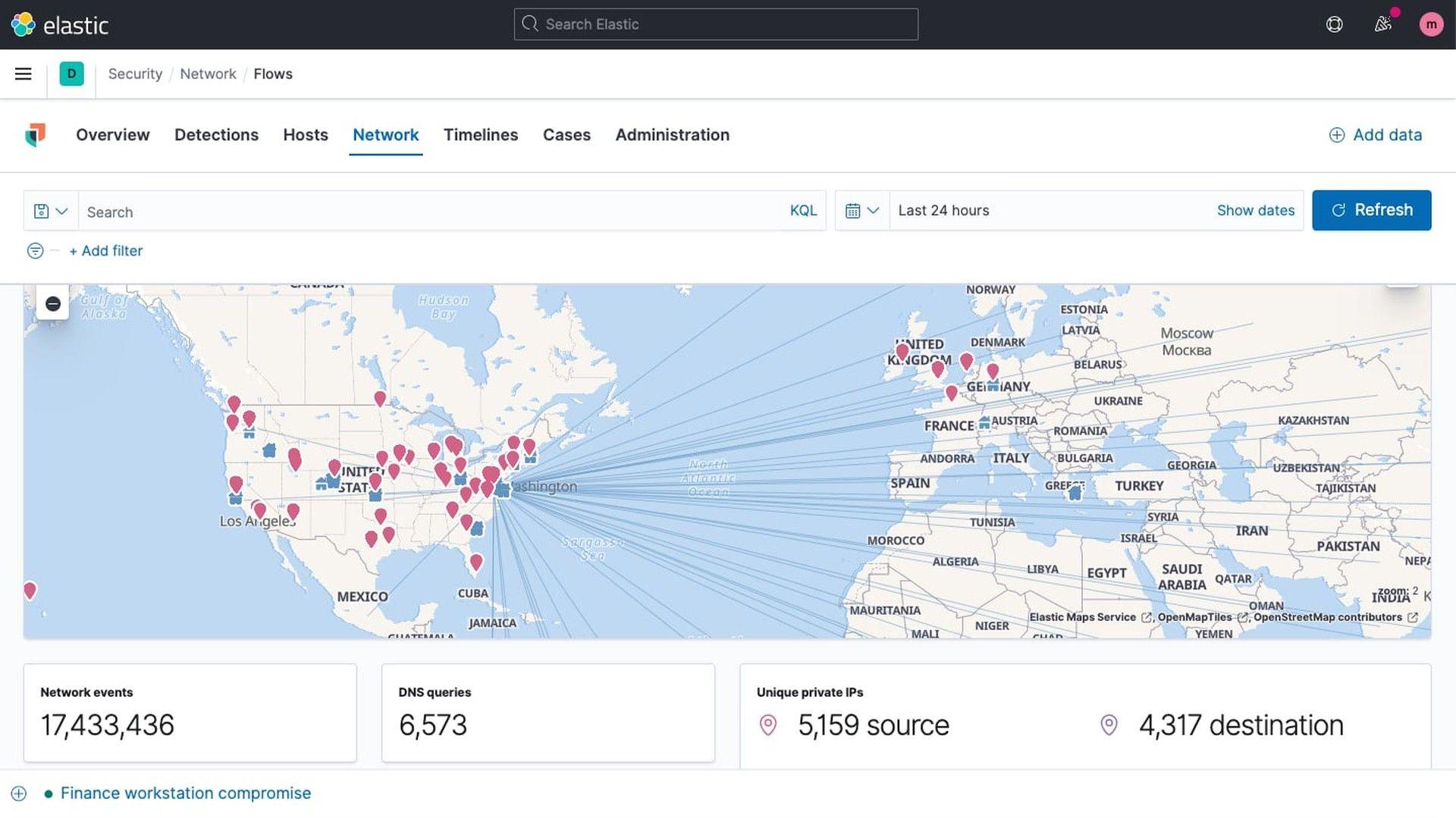Digital communication forms the backbone of business operations and personal interactions so network traffic analysis plays a critical role in ensuring smooth functioning and robust security.
Network traffic analysis (NTA) holds significant importance in modern IT environments, particularly for ensuring network security, operational efficiency, and overall business success. NTA involves the methodical monitoring and examination of network traffic to identify anomalies, security threats, and irregularities. By scrutinizing data packets that constitute network traffic, NTA aims to establish baselines of normal behavior, detect deviations, and take appropriate actions.
This is where the power of machine learning (ML) comes into play. Machine learning algorithms, with their ability to recognize patterns, anomalies, and trends within vast datasets, are revolutionizing network traffic analysis by providing more accurate insights, faster response times, and enhanced security measures.

How is network traffic analysis traditionally done?
Analyzing network traffic data is a crucial task in maintaining network performance, security, and overall functionality. There are various methods and techniques for network traffic analysis, each with its own advantages and use cases. Commonly, this delicate procedure is carried out with two different approaches.
Flow analysis
Flow analysis involves monitoring traffic streams between source and destination IP addresses over specific protocols. It provides a summarized view of network traffic patterns and identifies connections between devices.
Flow analysis tools like IPFIX, NetFlow, and sFlow collect flow data, which includes information about source and destination IPs, ports, and protocols. This method is particularly useful for obtaining a quick overview of traffic volume, IP addresses involved, and statistics related to the network flows.
Packet analysis
Packet analysis involves analyzing the actual data packets being transmitted over the network. Unlike flow analysis, packet analysis delves into the content of each data packet, allowing for detailed inspection and identification of potential problems.
This technique is useful for diagnosing issues related to raw data transmission, such as network anomalies, security breaches, or performance problems. Packet analysis is often used to identify the root cause of problems by analyzing the contents of data packets. To perform packet analysis, data is collected from SPAN (mirror) ports on network devices, and the collected data is then thoroughly examined.

Network traffic analysis is traditionally a multi-stage and complicated process. From data collection to establishing a baseline, to identifying errors and anomalies in the data, experts carefully examine the many steps that need to be carefully implemented.
But as in every aspect of our lives, Machine Learning algorithms and artificial intelligence help us in network traffic analysis.
How could machine learning be used in network traffic analysis?
Machine learning is fundamentally changing the landscape of network traffic analysis by automating the process of data analysis and interpretation. Traditional methods often involve manually configuring rules and thresholds to detect anomalies, which can be time-consuming and limited in scope.
In contrast, ML algorithms can automatically learn from historical data, adapt to changing network behaviors, and detect complex patterns that might be overlooked by rule-based approaches.
One of the primary applications of ML in network traffic analysis is anomaly detection. ML models can learn the normal behavior of network traffic and identify deviations from this norm, which could indicate potential security threats or operational issues.
ML algorithms can also aid in traffic classification, where they categorize different types of network activities, such as web browsing, video streaming, or file sharing. This helps network administrators gain a comprehensive understanding of the types of traffic passing through their networks.

What algorithms are used in network traffic analysis?
Various ML algorithms can be employed for network traffic analysis, depending on the specific objectives and data characteristics.
Some common algorithms include:
- Random Forest: This ensemble learning algorithm is effective for classification tasks. It constructs multiple decision trees and combines their predictions to achieve accurate results in identifying different types of network traffic
- Support Vector Machines (SVM): SVM is used for both classification and anomaly detection. It works by finding the hyperplane that best separates different classes of data points, enabling it to classify or detect anomalies effectively
- Deep Learning: Deep neural networks, a subset of ML, are particularly adept at handling complex and unstructured data like network traffic analysis. Convolutional Neural Networks (CNNs) can analyze packet payloads, while Recurrent Neural Networks (RNNs) can capture temporal dependencies in network sequences
- Clustering algorithms: Algorithms like K-Means or DBSCAN are used for grouping similar network traffic data points together. Clustering can help in identifying patterns and anomalies within specific groups
What are the best machine learning tools to analyze network traffic?
All too long to do? Or, do you simply wish there was an easier way to analyze network traffic without going through long and tiring steps? Well, you are in luck!
When it comes to analyzing network traffic using machine learning, several tools stand out for their capabilities in detecting patterns, anomalies, and trends within complex datasets. These tools offer a range of features that enable efficient and accurate analysis, helping organizations enhance their network performance and security.
Here are some of the best machine learning tools for network traffic analysis:
- SolarWinds NetFlow Traffic Analyzer (NTA)
- ManageEngine OpManager Plus
- The Elastic Stack
- Wireshark
- NetFort LANGuardian
SolarWinds NetFlow Traffic Analyzer (NTA)
SolarWinds NTA is a versatile solution that offers advanced features for network traffic analysis. It provides comprehensive visibility into network traffic patterns, allowing you to monitor and analyze communications in real-time. NTA can identify bandwidth usage, track user and application-level traffic, and troubleshoot network and application performance issues.
With its user-friendly interface, SolarWinds NTA is suitable for both small and large businesses. It also supports encrypted traffic analysis, ensuring data privacy and integrity. A 30-day free trial is available for users to explore its capabilities.

ManageEngine OpManager Plus
ManageEngine OpManager Plus offers network traffic analysis capabilities along with a suite of network management tools. It provides features such as flow-based traffic analysis, entity tracking, and performance monitoring.
OpManager Plus enables you to monitor applications, devices, users, and destinations on your network. With its machine learning and analytics capabilities, it helps you correlate behaviors and relationships between different entities, providing valuable insights for network optimization and security.

The Elastic Stack
The Elastic Stack, also known as the ELK Stack (Elasticsearch, Logstash, and Kibana), is an open-source solution that offers powerful data analysis and visualization capabilities. It can ingest, process, and analyze large volumes of network data, making it suitable for organizations dealing with extensive traffic.
The stack allows for customizable data visualization, enabling you to create informative dashboards and reports to understand network behaviors.

Wireshark
Wireshark, while not a dedicated machine learning tool, is a widely used network protocol analyzer. It captures and dissects network traffic data, providing insights into packet-level details.
While Wireshark’s primary function is to capture data for manual analysis, the captured data can be used as a valuable source for training machine learning models.

NetFort LANGuardian
NetFort LANGuardian offers comprehensive network traffic analysis capabilities, focusing on user and application-level insights. It tracks user activities, monitors applications, and provides in-depth visibility into network traffic patterns.
LANGuardian’s machine learning capabilities allow it to identify patterns and anomalies, enhancing both security and performance monitoring.
Ok, but how do you choose the best ML tool for your network traffic analysis needs?
Choosing the right machine learning tool for network traffic analysis depends on your organization’s specific requirements, budget, and technical expertise. These tools offer a range of features, from flow-based analysis to entity tracking and data visualization, allowing you to gain valuable insights into network behaviors, security threats, and performance issues. Before making a decision, consider evaluating multiple tools and assessing how well they align with your organization’s needs.
How does machine learning change the way we work?
Machine learning has significantly changed the way we work across various industries and sectors. Its impact is profound and extends to multiple aspects of business processes and operations.
One of the primary benefits of machine learning is its ability to automate and streamline tasks. From basic data entry to complex supply chain management, machine learning technology handles repetitive tasks efficiently. This automation allows for better resource allocation, enabling employees to focus on more creative and strategic activities that require human input.
Furthermore, machine learning algorithms assist in optimizing various operations. For instance, in supply chain management, these algorithms predict demand, enhance inventory control, and identify inefficiencies. This optimization leads to expedited delivery times, reduced costs, and increased customer satisfaction. By automating mundane tasks, employees can concentrate on more critical aspects of their roles, such as building supplier relationships.

Machine learning also aids in enabling more flexible work arrangements. Remote workers can utilize machine learning-powered virtual assistants to enhance productivity, manage time effectively, and stay organized. Additionally, AI technology facilitates virtual communication tools like voice and video conferencing, allowing remote workers to connect seamlessly with team members regardless of their physical locations.
We should also mention that, machine learning’s ability to analyze vast amounts of data fuels innovation. It supports the creation of new products, optimization of existing ones, and development of advanced growth strategies by analyzing large datasets to uncover insights and trends.
However, it’s important to note that integrating machine learning into business processes isn’t without challenges. Data engineers and scientists must ensure the accuracy and unbiasedness of training data, and there may be a need for additional training to use machine learning tools effectively. Despite these challenges, the impact of machine learning on business processes is evident, ranging from operational optimization to innovative strategies and enhanced decision making.
Featured image credit: rawpixel.com/Freepik






